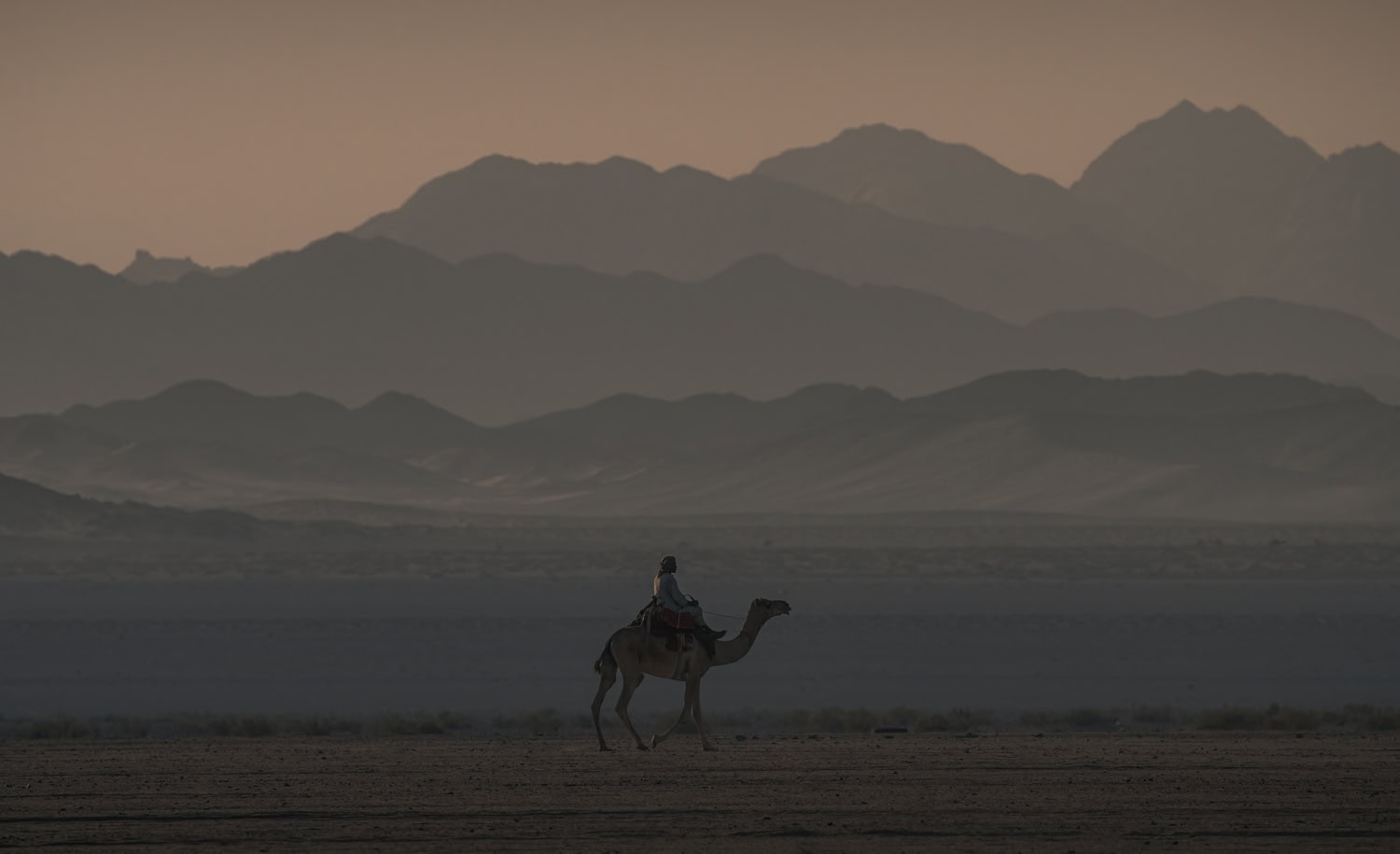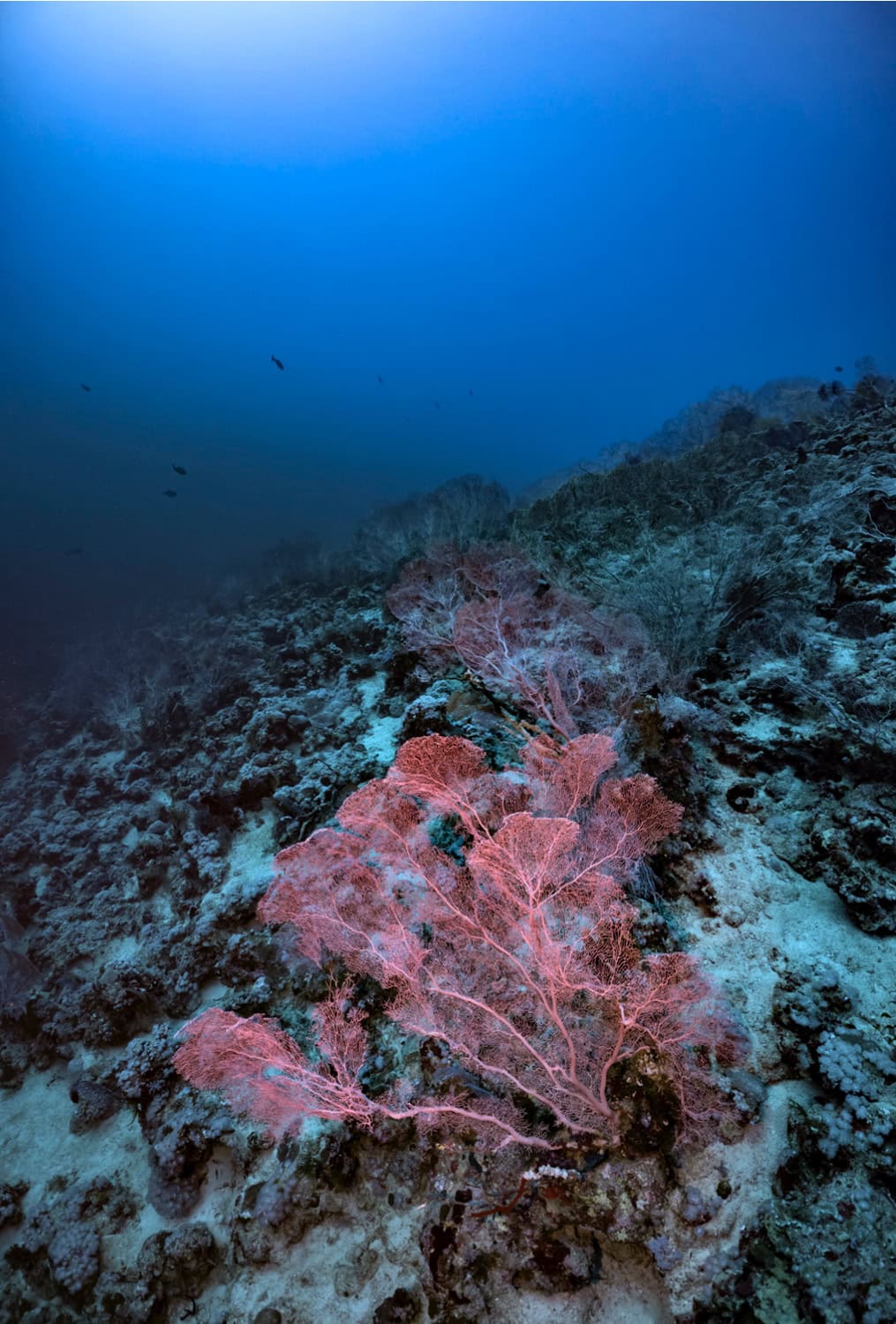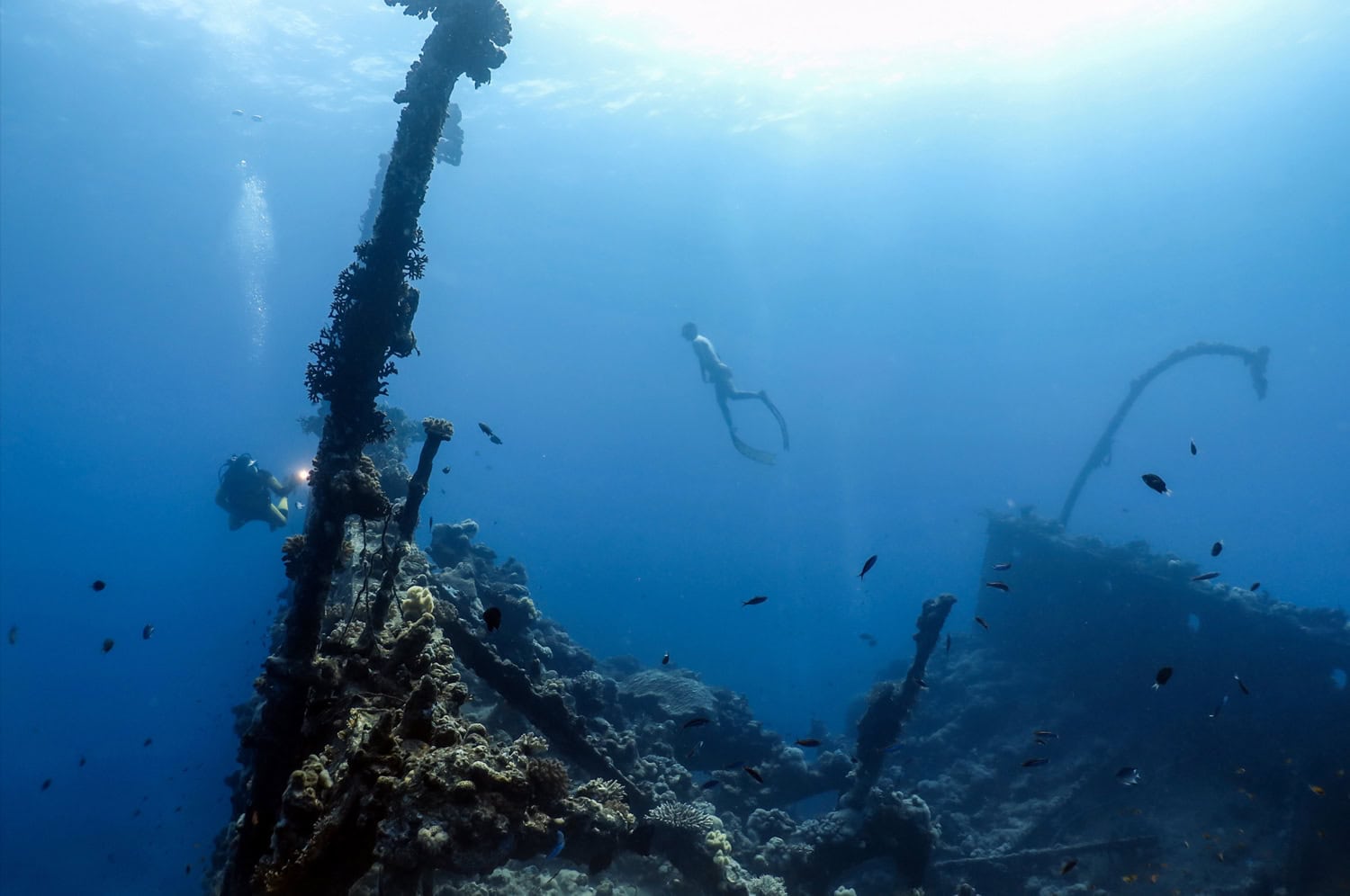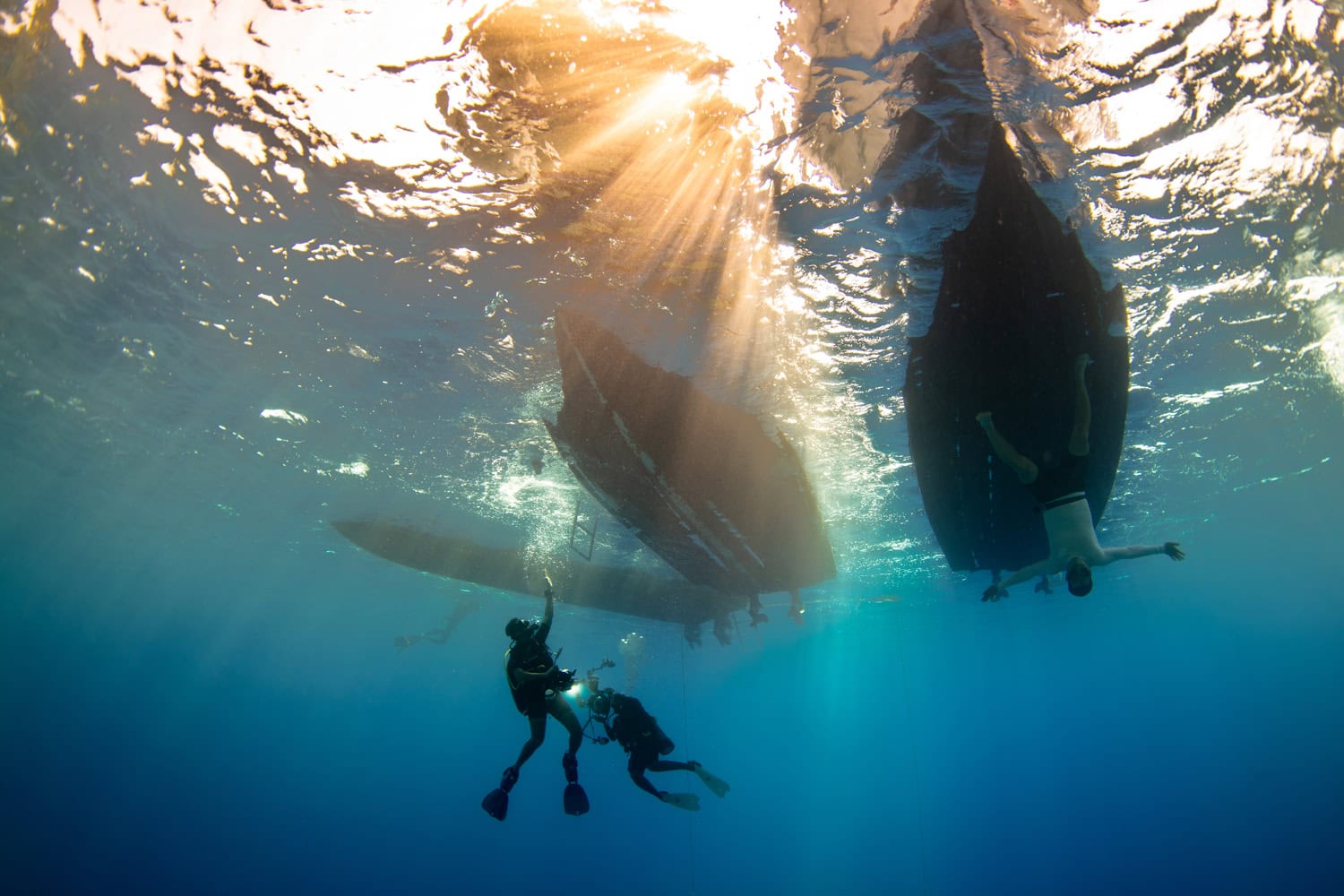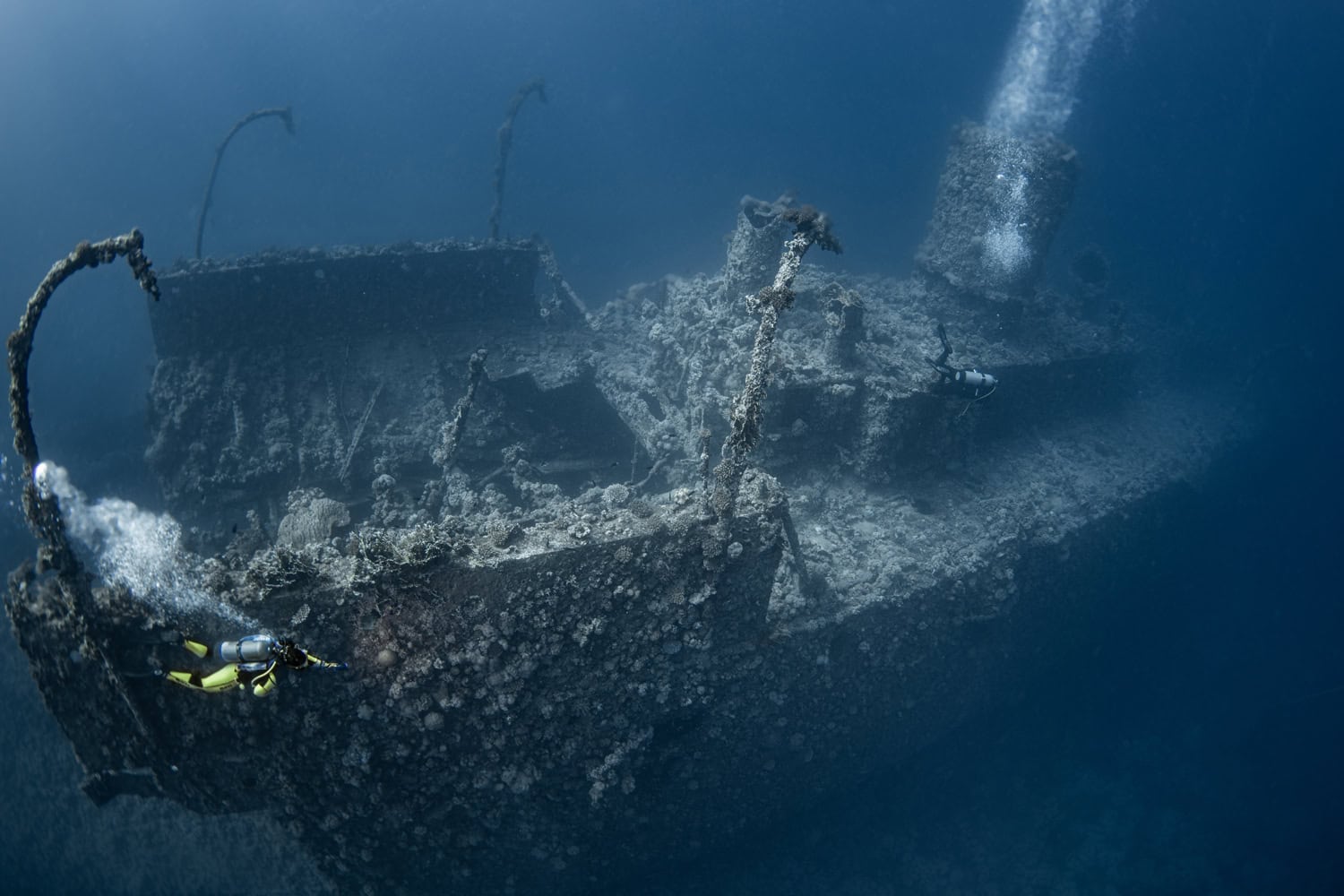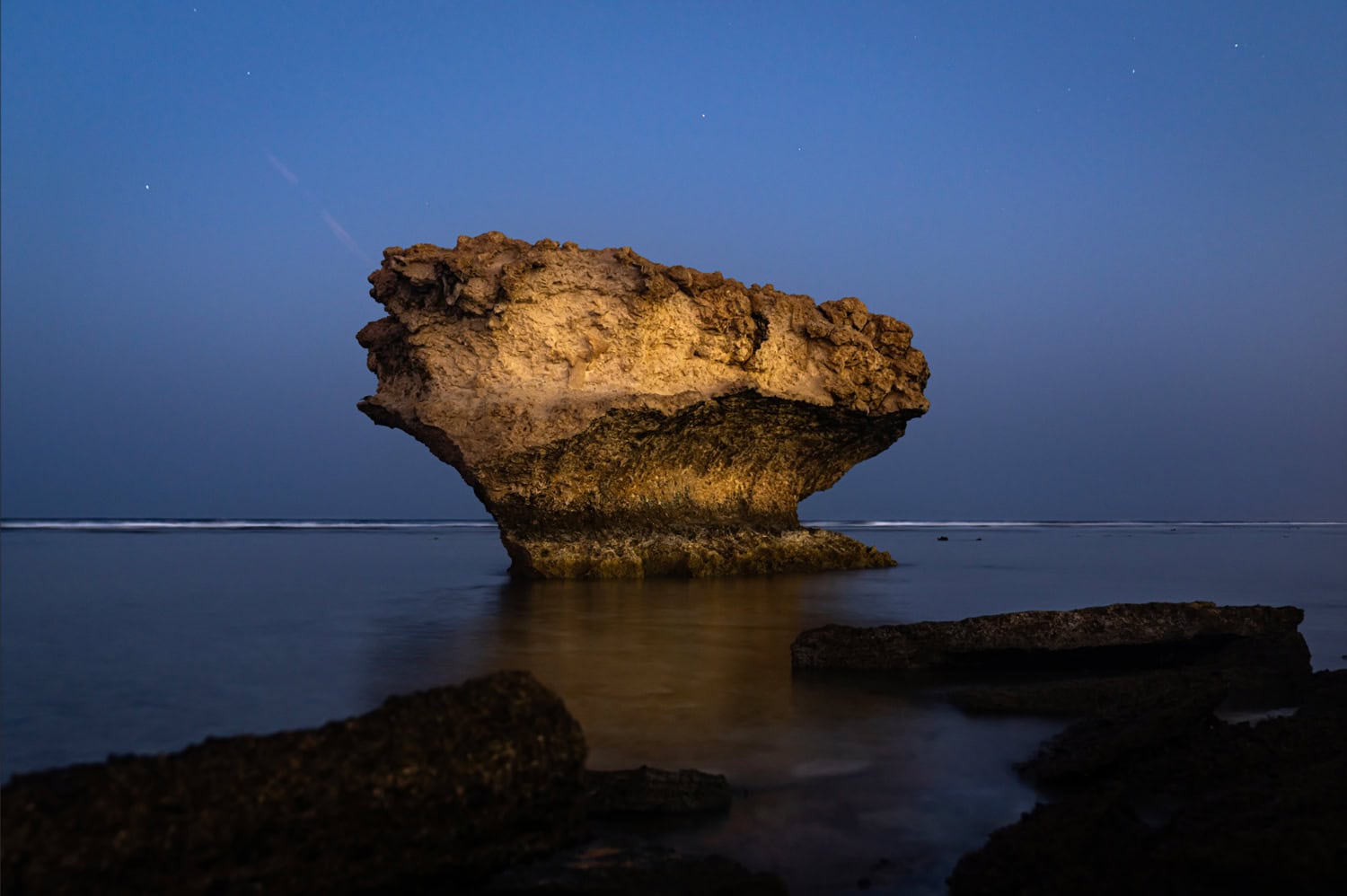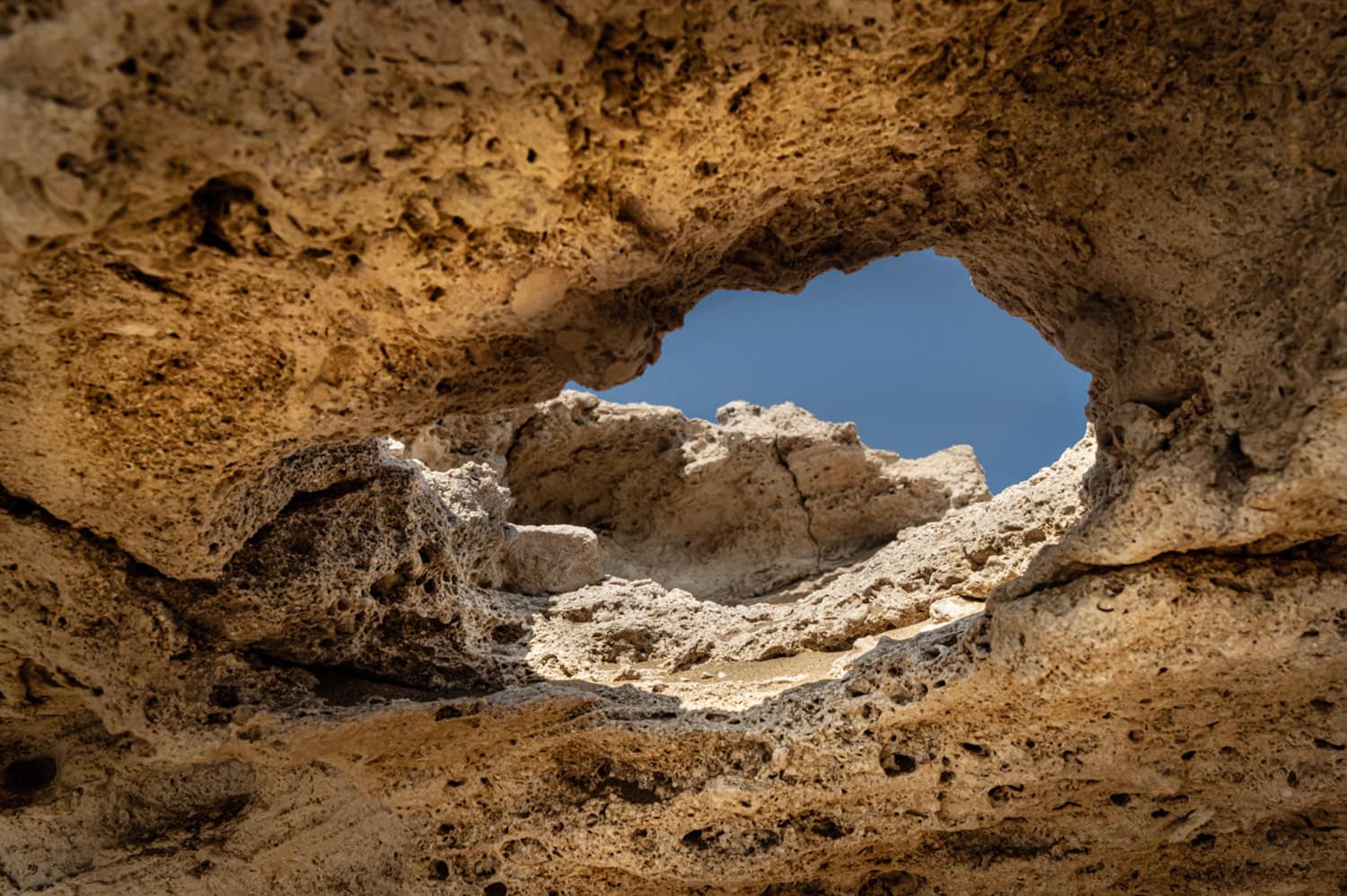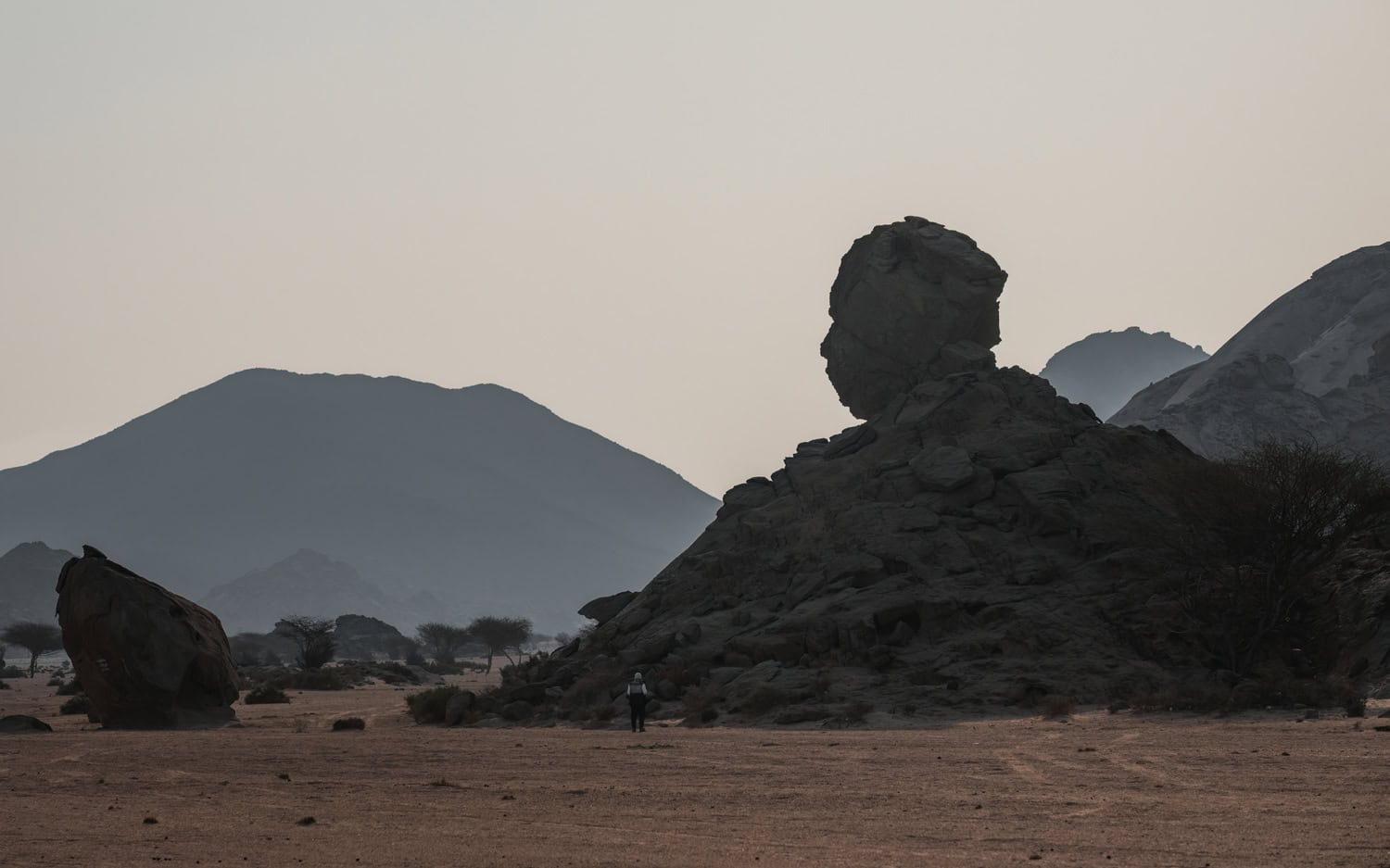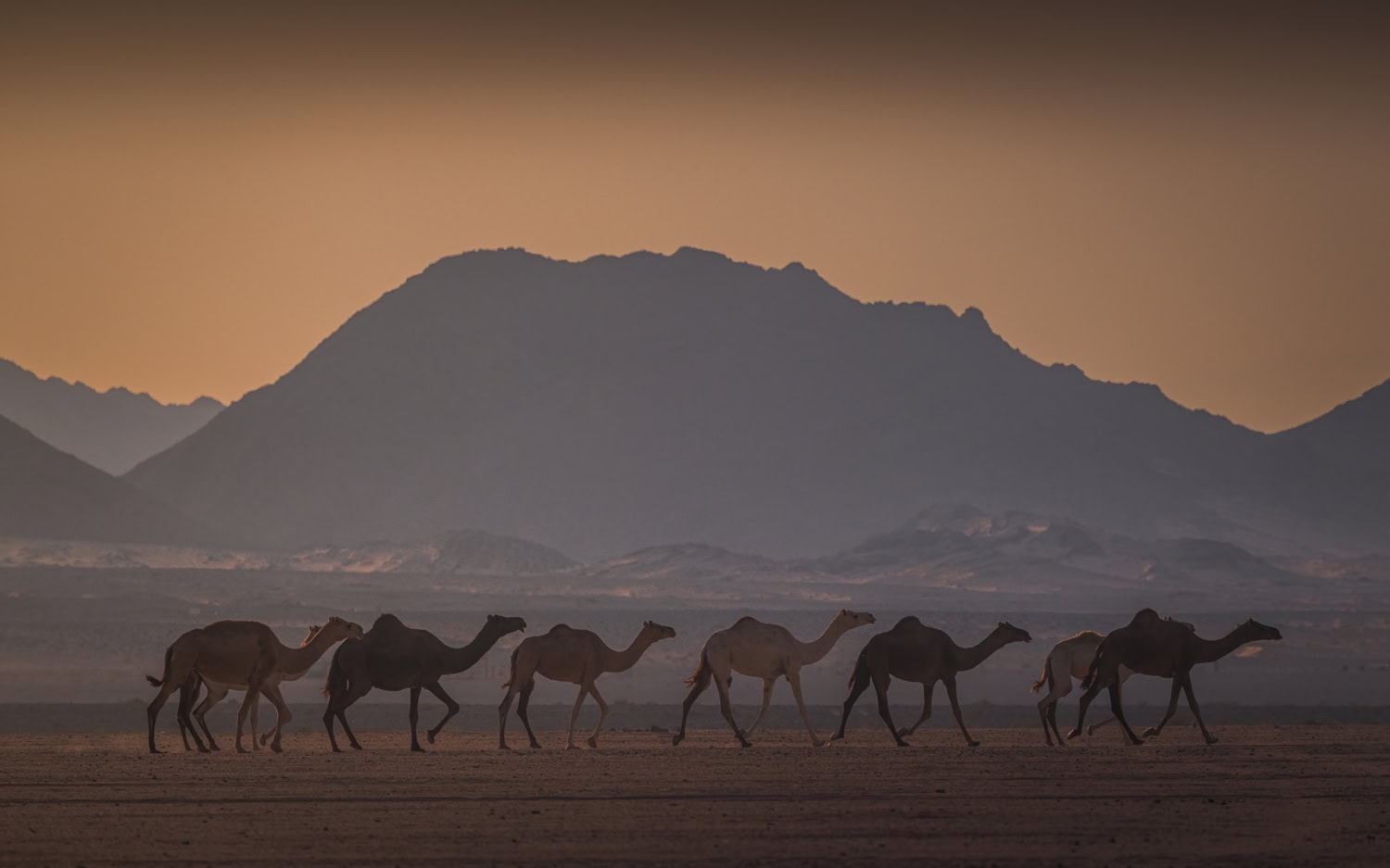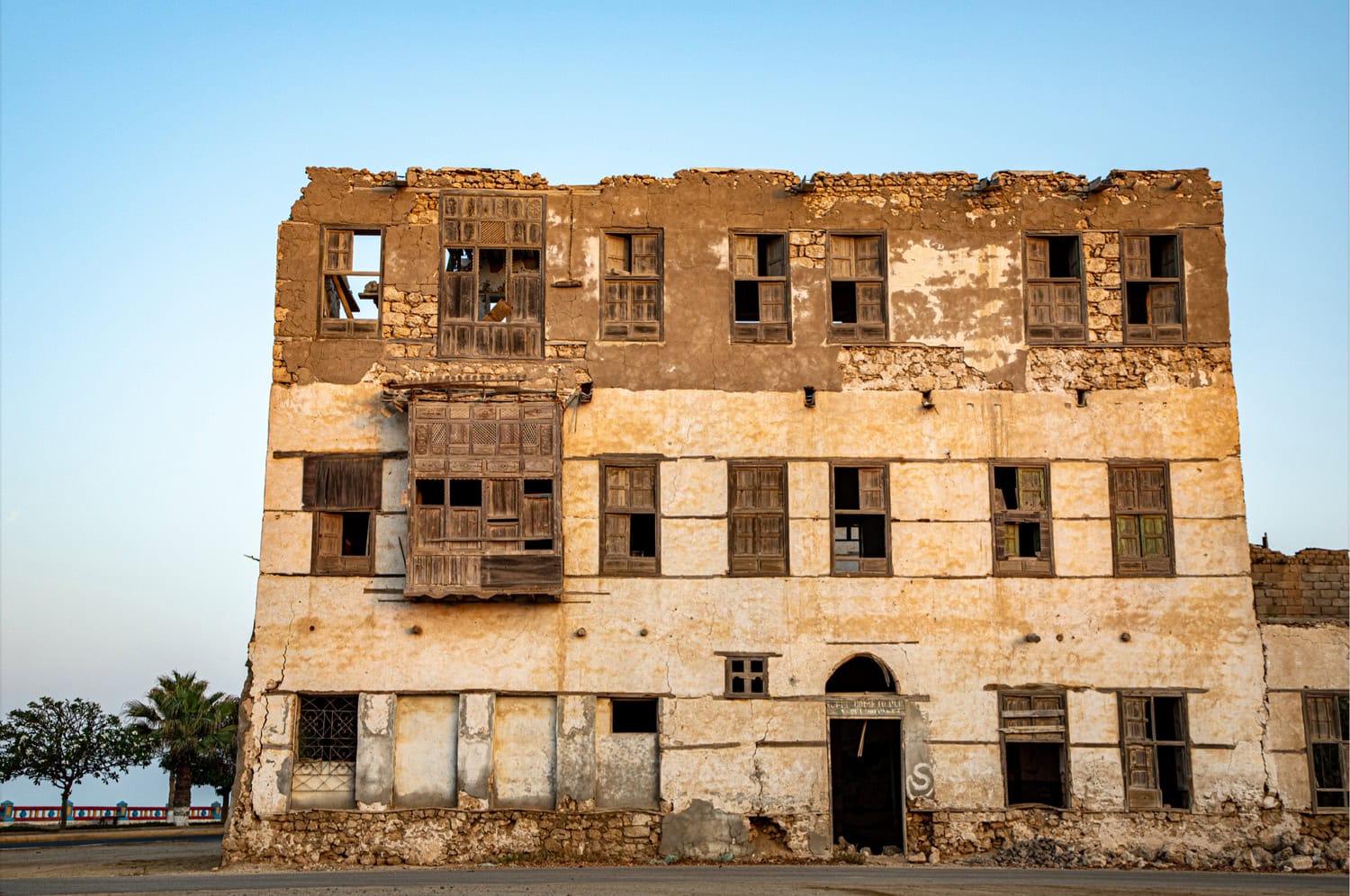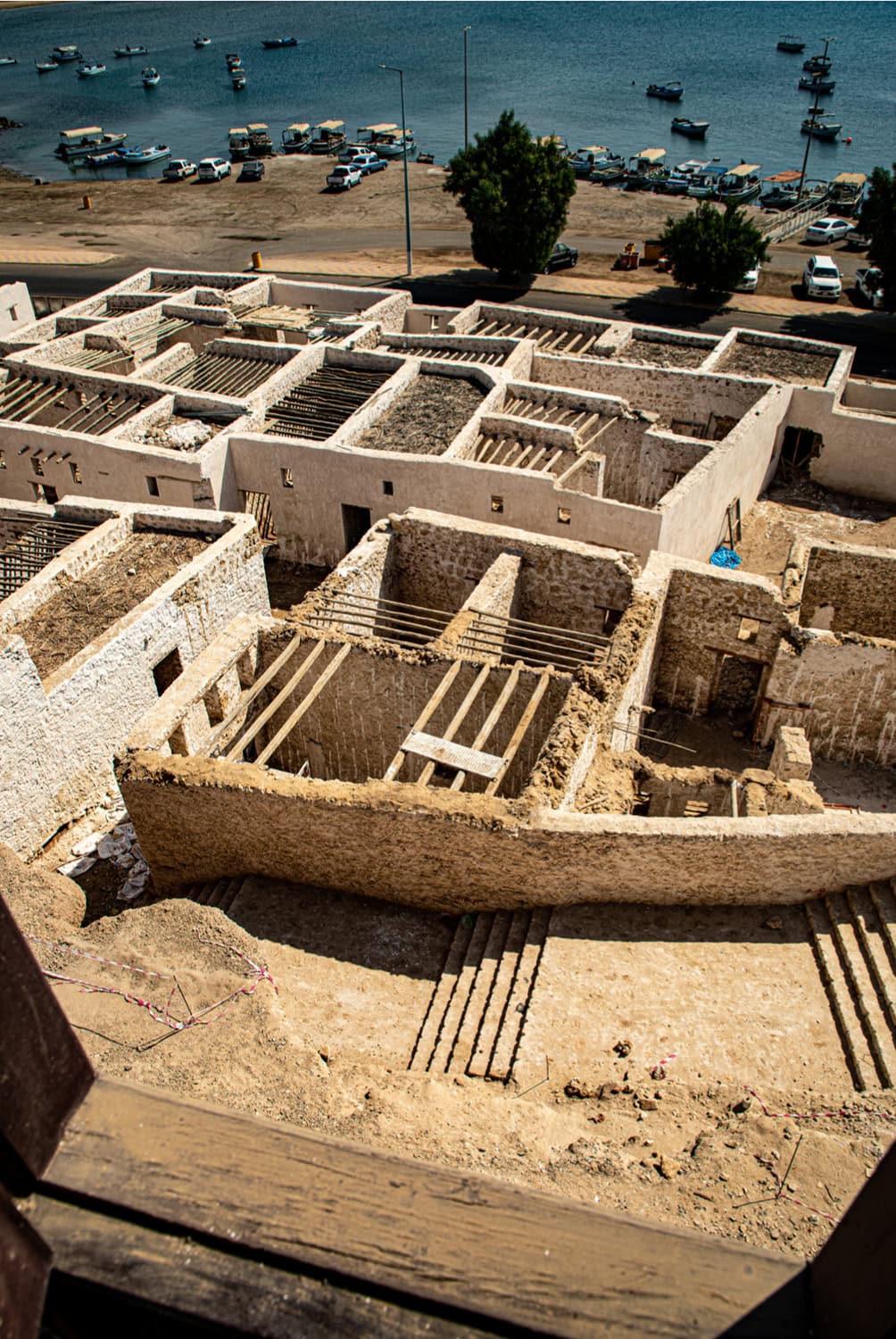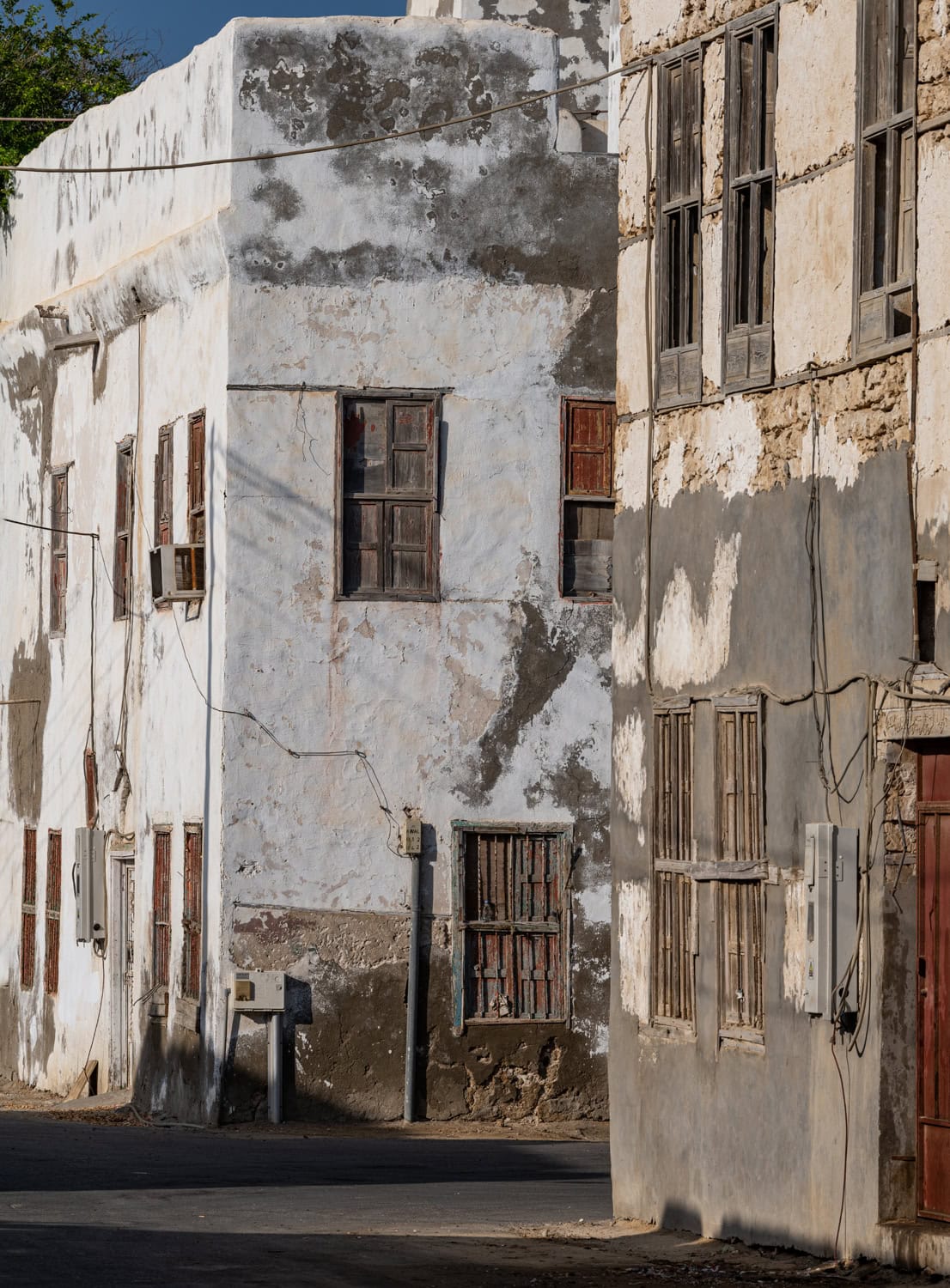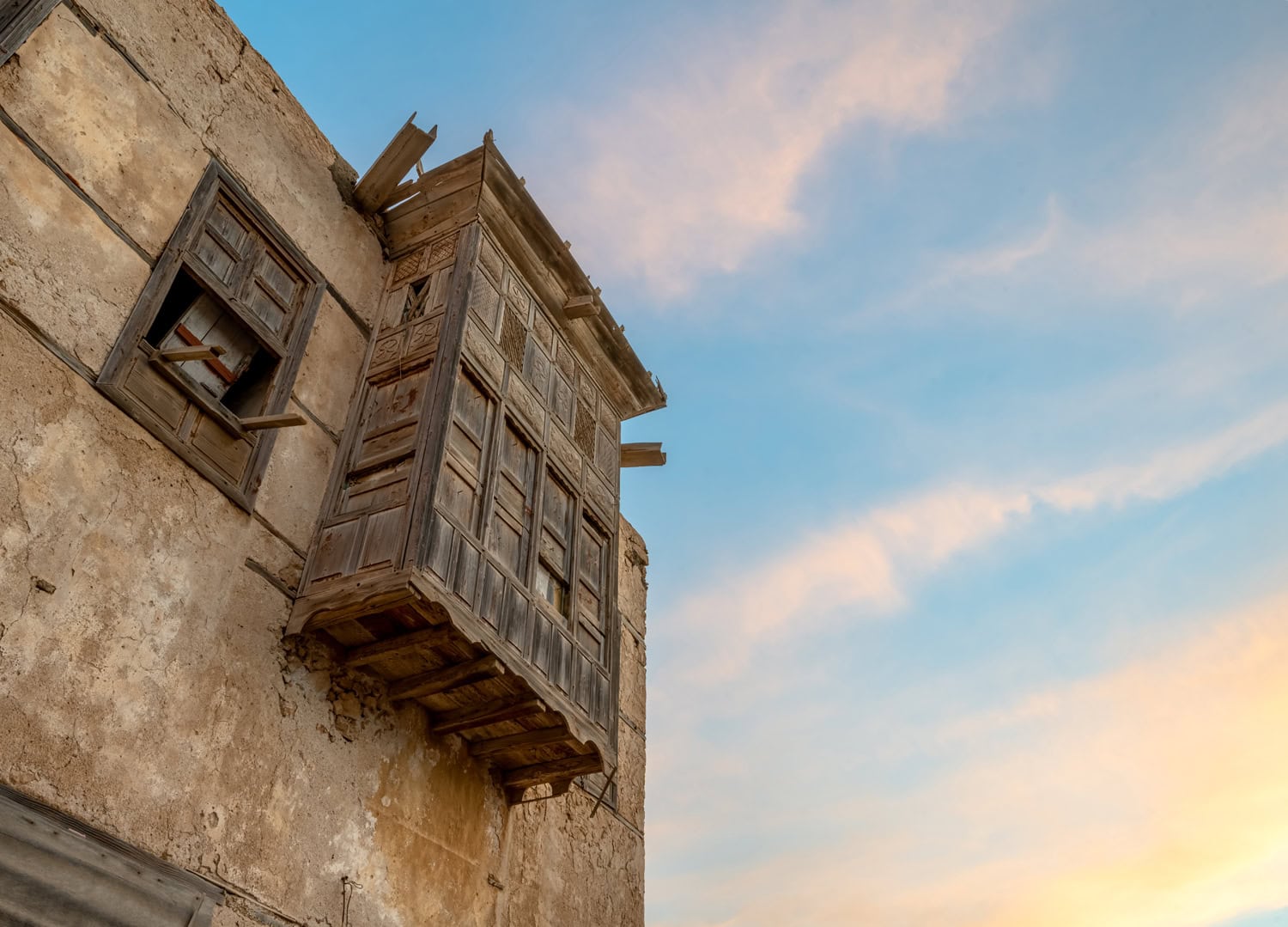The Kingdom Photography Award is a new competition taking place in Saudi Arabia, in which local and international photographers are invited to capture the natural and urban landscapes of a specific region of the land. For the inaugural edition, The Saudi Visual Art Commission chose the AlWajh area, for its unique beauty and fascinating history. The competition is divided into three categories, aiming to show the place to the full: Underwater, Nature Along the Coast and Urban Environment. The order followed by the exhibition is reminiscent of the evolution of the species, going from water to land—from nature to urbanisation. The award was launched to inspire creative exploration and cross-cultural exchange, within the Kingdom and beyond, through the medium of photography.
The winners of The Kingdom Photography Professional Grant are:
Underwater photography: Alex Dawson (Sweden)
Nature Along the Coast Photography: Andrea Dina Alkalay (Argentina)
Urban Environment Photography: Nyree Cox (Australia)
The winners of The Kingdom Photography Discovery Competition are:
Underwater photography: Osama Ali Abusunnon (KSA)
Nature Along the Coast Photography: Riyadh Abdulelah Al Malahi (KSA)
Urban Environment Photography: Mohammed Abdulrahman Lahi (KSA)
The exhibition was hosted at Hayy Jameel (Jeddah) and curated by the internationally known artist Moath Alofi. Born in Medina, he is one of the most exciting artists in the region, having participated in contemporary photography exhibitions across the globe. He holds a BA in Environmental Management and Sustainable Development from Bond University, Gold Coast, Australia, and is the founder of Almthba: an interdisciplinary studio focusing on the region of Medina by promoting art and assisting researchers. Moath is also the new creative face of Cartier’s Tank in the Middle East. He guided me throughout the exhibition and I asked him more about how this project came to life.
Robin Sara Stauder: What does this event mean to you? How do you feel about it?
Moath Alofi: It is a truly unique event that goes beyond what one would expect from a photo competition. Participants learned from each other, contaminating their approaches and exploring new techniques and destinations. For me, it’s only the first step of a long and beautiful journey.
RSS: What is the goal of combining different categories?
MA: Mainly learning. It was an interesting exchange of skills: the experienced photographers, who knew the techniques, and the locals, who could guide them through the landscapes. Together, they brought to light the hidden gems of the coast. And, as I said before, this is only the first step. In the coming years, the competition will cover more and more regions.
RSS: Do you see it as a way to break down cultural barriers?
MA: Somehow, it can help give the world a different image of this place. But you know, everything is different nowadays. With technology, everyone has the tools to know that the country is culturally flourishing in many different ways. Maybe this is just another way to show it.
RSS: What is the role of photography in defining the cultural identity of a place? Why is it stronger than words?
MA: Photography is the simplest and easiest way to communicate something. Not even to say something, but to freeze it. Photography brings everything to the table in a very blunt and direct way. It is a very fast method of communication if used in the right way.
RSS: And what is the right way, in your opinion?
MA: It depends. It is a very powerful tool. It is a language, in the end. For example, sometimes it is easier for me to take a picture than to immediately explain what I am seeing and why it is impressive to me.
RSS: What is more important to you? Meaning or aesthetic?
MA: This is such a difficult question. There is no right answer, it depends a lot on one’s approach. For me, for example, sometimes the concept comes later. Maybe something simply strikes my mind or my heart, and I end up stopping and taking a picture. In the end, photography is always about what makes you stop and feel something. Of course, when it comes to projects and research, it’s a completely different story. You start with the concept and then develop everything else afterwards.
RSS: I like this one in particular [Riyadh Abdulelah Al Malahi, The Camels]. It looks like a skyline, but without skyscrapers—like the ones my culture is used to.
MA: For me, for example, this landscape is totally normal. I’m used to it—desert and animals all the time. But I’ve never thought of them in this way. It looks like a moving mountain. That’s what images are there for: they open your eyes to what you thought you knew, but you didn’t.
